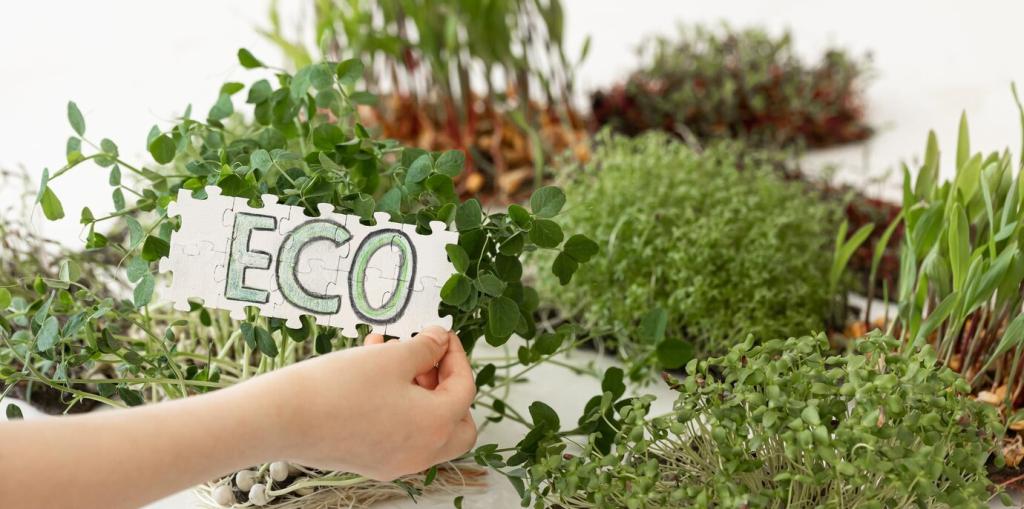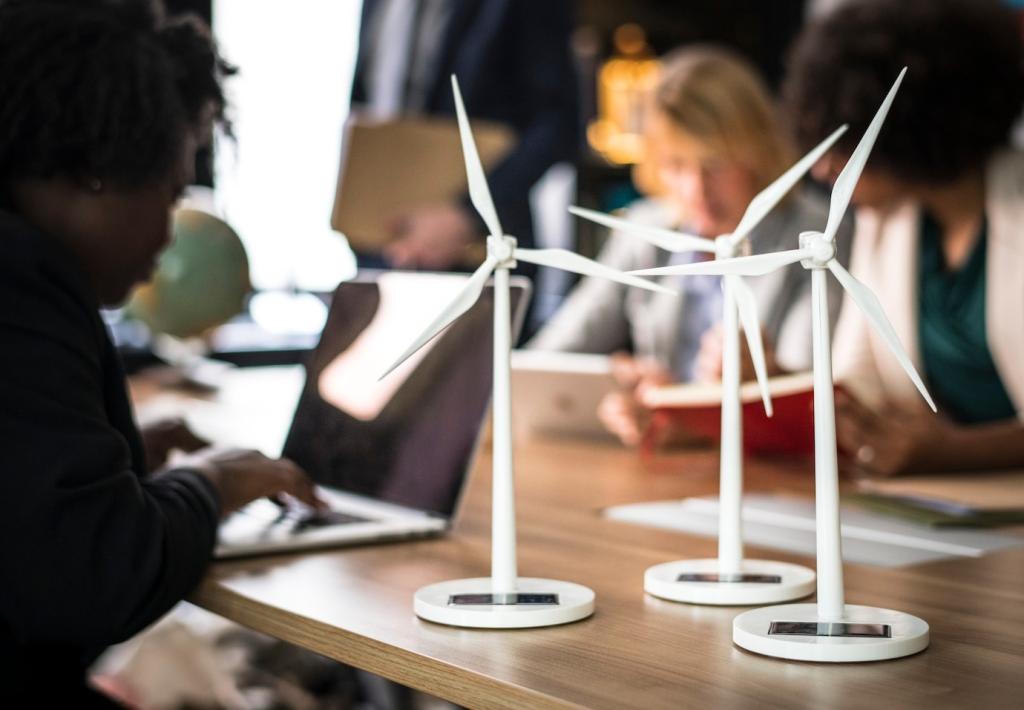Modern interior design is experiencing a sweeping transformation through technology, which now plays an indispensable role in promoting sustainability. Innovations from smart home systems to data-driven material choices are fundamentally changing the way designers approach both residential and commercial spaces. Technology enables designers and homeowners to reduce environmental impact, improve energy efficiency, and extend the lifecycle of interiors, all while advancing aesthetics and comfort. By integrating cutting-edge solutions with eco-conscious principles, forward-thinking interiors blend functionality, sustainability, and style, continually redefining the boundaries of responsible design.
Smart Technologies for Energy Efficiency
01
Intelligent lighting provides custom-tailored illumination that adapts to user preferences, occupancy patterns, and natural light availability. Advanced LED solutions and automated control systems allow spaces to use light only when and where it’s needed most, dramatically cutting electricity consumption. Dimmable fixtures, motion sensors, and daylight-harvesting protocols further enhance efficiency by responding to the dynamic needs of interiors throughout the day. These technologies not only slash energy bills but also promote healthier indoor environments by mimicking natural circadian rhythms, promoting wellbeing alongside sustainability.
02
Modern climate control systems leverage advanced sensors and algorithms to maintain ideal indoor temperatures while minimizing energy use. By automatically adjusting heating, ventilation, and air conditioning (HVAC) operations according to occupancy and changing weather conditions, these smart systems ensure resources are never wasted. Integration with mobile devices or centralized hubs allows homeowners and facility managers to monitor and fine-tune settings remotely, optimizing comfort while preserving environmental resources. The result is a seamless balance of sustainability and lifestyle convenience made possible through intelligent design.
03
Technology has enabled the rise of detailed energy monitoring and analytics platforms, providing deep insights into how spaces consume resources. These tools allow designers, facility managers, and homeowners to identify inefficiencies, track usage patterns, and make data-driven decisions for future improvements. Real-time dashboards can reveal unexpected spikes in energy demand or opportunities for targeted retrofits, ensuring ongoing optimization. As these analytics become more sophisticated, sustainable design strategies can be continually refined, creating a culture of constant improvement anchored in measurable results.
Sustainable Materials and Digital Design Tools
Material Databases and Certification Integration
Online databases and certification platforms provide designers with an unprecedented depth of information about sustainable material options. Resources such as material libraries or certification registries offer detailed data on environmental impact, lifecycle assessments, and certifications like LEED or FSC. Having access to this information at their fingertips allows designers to compare and select products that meet strict sustainability criteria, preventing greenwashing and promoting truly responsible interiors. Such tools streamline the vetting process, making sustainable design more accessible and transparent than ever before.

Enhancing Indoor Environmental Quality
Automated and smart ventilation systems are engineered to provide cleaner, healthier indoor air by controlling airflow and filtration levels in real-time. Sensors monitor air quality indicators such as carbon dioxide, volatile organic compounds, and humidity, automatically adjusting rates to maintain optimal conditions. This not only boosts occupant comfort but also reduces reliance on energy-intensive air conditioning and purification devices, thereby contributing to both health and sustainability. Dynamic control ensures spaces remain adaptable to different usage patterns and external environmental changes.

